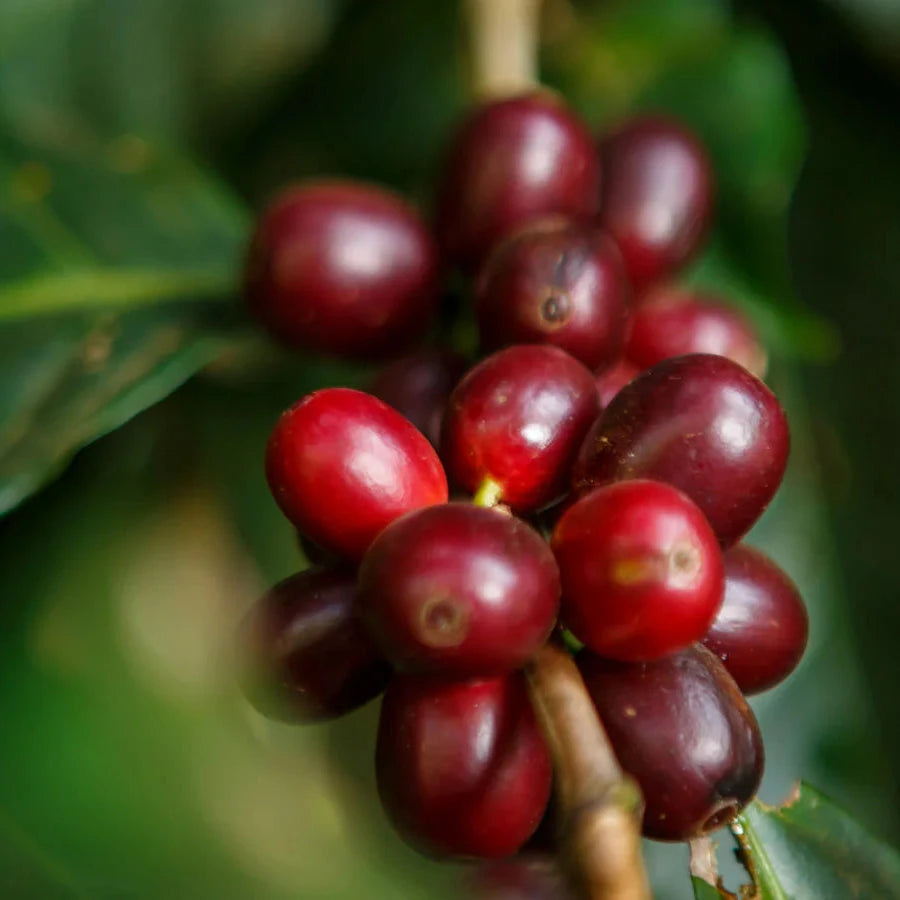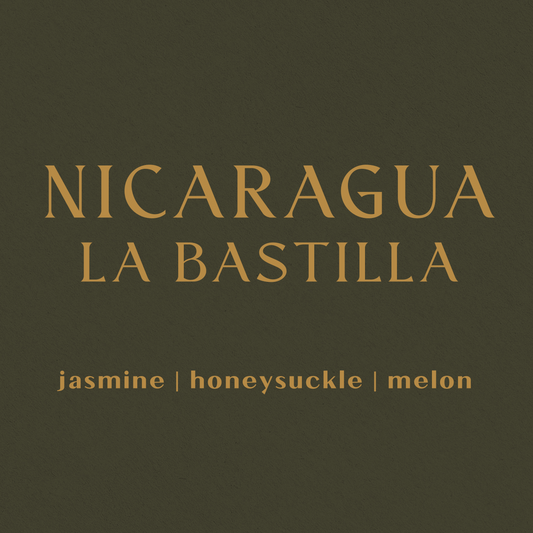
Geisha
The Geisha Coffee Variety
1. Origin and Historical Background
The Geisha (often spelled Gesha) variety originates from Ethiopia, specifically from the Gori Gesha Forest in the Bench Maji zone of southwestern Ethiopia. It was discovered in the 1930s and brought to Tanzania and later Costa Rica via research institutions such as the Tropical Agricultural Research and Higher Education Center (CATIE). Geisha gained early interest due to its disease resistance, especially to coffee leaf rust.
However, it wasn’t until the early 2000s that the variety became globally renowned. This transformation occurred when Panama’s Hacienda La Esmeralda entered a Geisha lot into the Best of Panama competition in 2004, stunning the global coffee industry with its floral, tea-like profile and extraordinary cup clarity. The coffee fetched record-breaking auction prices and catapulted Geisha into international fame as one of the most prized and expensive coffees in the world.
2. Botanical Characteristics
Geisha is a low-yielding, tall plant with elongated leaves and distinctively long, thin coffee cherries. It requires high altitudes—typically above 1,600 meters above sea level—and a narrow range of environmental conditions to reach its full potential. The plant is less productive than many commercial cultivars, but when cultivated under optimal conditions, the quality potential is unmatched.
The variety is genetically distinct and is classified within Ethiopian landraces. It is not a hybrid but a naturally occurring heirloom variety, which contributes to its delicate and complex flavor profile.
3. Flavor Profile and Sensory Attributes
Geisha is known for its extraordinary aromatic intensity, clarity, and elegance. When grown and processed well, the cup profile typically exhibits:
Floral notes: jasmine, rose, bergamot
Fruit notes: stone fruit, citrus, tropical fruits (mango, papaya)
Tea-like body: often described as oolong or white tea
Sweetness: honey, panela, sugarcane
Crisp acidity: bright, often likened to citrus or green apple
These attributes are best expressed through washed processing, though honey and natural methods can bring out deeper fruit and sweetness. Its complexity and rarity make it a frequent winner in Cup of Excellence competitions and a favorite among professional baristas in international championships.
4. Cultivation Regions and Global Spread
After its re-emergence in Panama, Geisha has been planted in Colombia, Costa Rica, Honduras, Guatemala, Peru, Ethiopia, and more recently in parts of East Africa and Asia. However, quality varies widely depending on climate, elevation, soil, and post-harvest treatment.
The best expressions still come from farms situated above 1,700–2,000 masl in regions with significant diurnal temperature variation. In Panama, especially the Boquete and Volcán regions, Geisha thrives due to rich volcanic soil, misty mountain climates, and well-developed processing facilities.
5. Market Dynamics and Price
Geisha commands some of the highest prices in the specialty coffee market. Auction lots from Panama have fetched over $1,000 per pound, and even commercially available lots often sell for $20–$50 per 12 oz bag or higher, depending on quality and traceability.
It is commonly sold as microlots or nanolots, often vacuum-sealed and marketed with detailed traceability, including elevation, harvest date, processing method, and cupping scores. The rarity, labor intensity, and fragile nature of the plant all contribute to its exclusivity and price.
6. Challenges and Criticisms
Despite its acclaim, Geisha presents challenges:
Low yield and high maintenance make it a risky crop for farmers.
Its inconsistent expression in non-ideal environments can lead to disappointing results.
The hype and high price can overshadow other excellent, locally adapted varieties.
There is also an ongoing debate about quality vs. terroir, as not all Geisha performs equally across different regions.
7. Outlook
Geisha remains one of the most iconic and sought-after coffee varieties in the world. As producers and roasters seek to offer unique and memorable experiences, Geisha continues to be a flagship offering on many high-end coffee menus. However, its long-term relevance will depend on how producers can balance quality, yield, and market demand.
Advances in processing, genetic research, and sustainable practices may help improve viability while ensuring that Geisha continues to be more than just a luxury novelty—but a varietal standard for excellence in coffee.
Shop Geisha Cultivars
-
 Sold out
Sold outNicaragua La Bastilla
Regular price From $26.00 USDRegular priceUnit price / per

